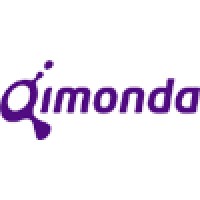
Marvell Technology
We believe that infrastructure powers progress. That execution is as essential as innovation. That better collaboration builds better technology. At Marvell, We go all in with you. Focused and determined, we unite behind your goals as our own. We leverage our unrivaled portfolio of infrastructure technology to identify the best solution for your unique needs. And we sit shoulder-to-shoulder with your teams to build it. Agile in our thinking, and our partnerships, we look for unexpected connections that deliver a competitive edge and reveal new opportunities. At Marvell, we’re driven by the belief that how we do things matters just as much as what we do. Because, with a foundation built on partnership, anything is possible.






